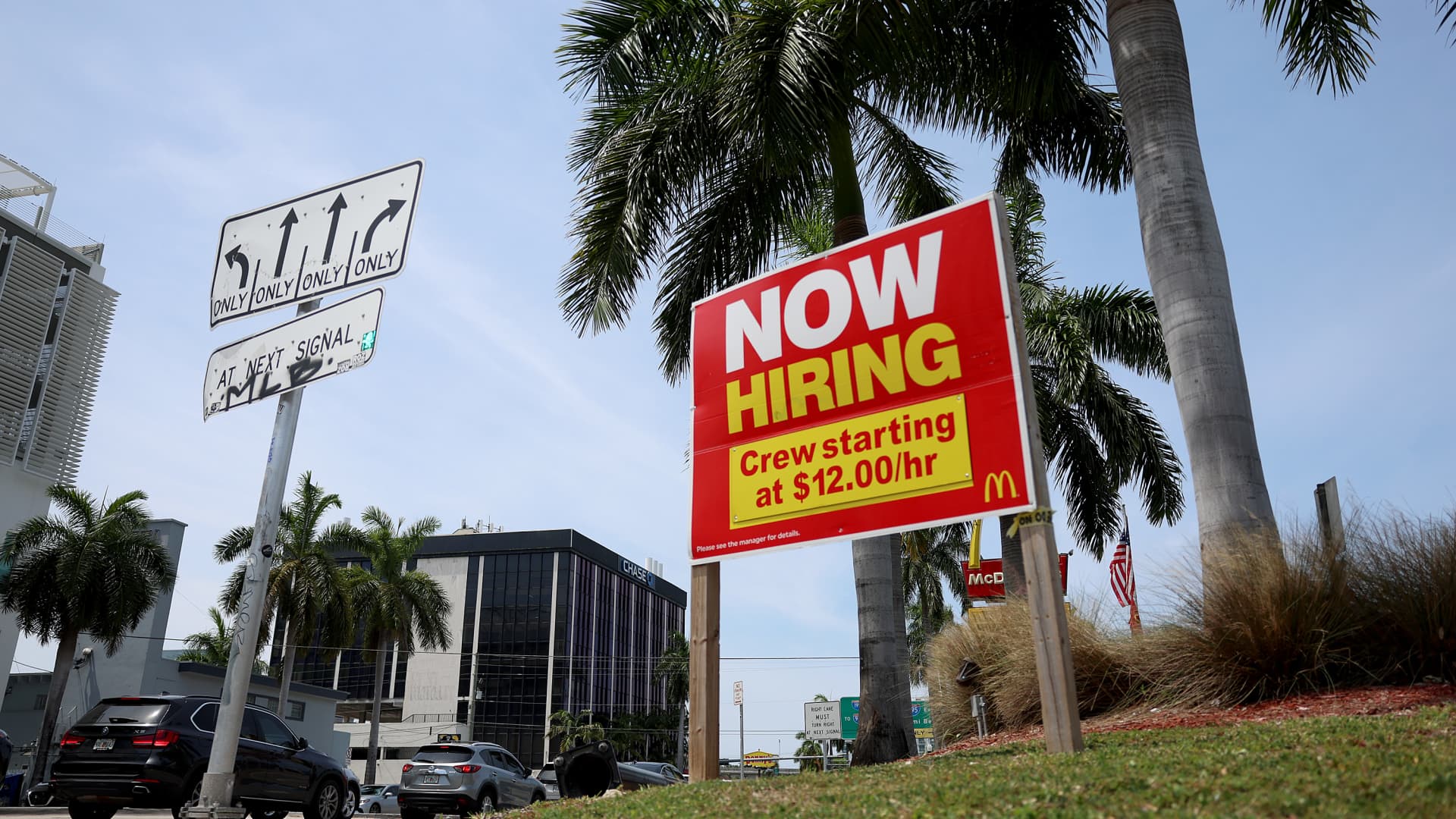Unemployment fell for Black women in February as more joined the labor force

Unemployment among Black women fell in February as the number of those looking for work increased, data released Friday by the U.S. government showed.
The U.S. unemployment rate edged higher last month to 3.9% from 3.7% in January, according to the U.S. Bureau of Labor Statistics on Friday. Adult women age 20 and older in the labor force followed that trend, with the unemployment rate ticking up to 3.5% from 3.2%.
The percentage of unemployed Black women, however, fell to 4.4% from 4.8%. This comes as the labor force participation rate within the group — which measures how many workers are currently employed or searching for work — rises to 63.4% from 62.9%.
Valerie Wilson, director at the Economic Policy Institute’s Program on Race, Ethnicity and the Economy, said that the labor market is showing positive signs for Black women. She pointed to the decrease in the unemployment rate, while the employment/population ratio edged higher to 60.6% from 59.9%.
“That seems unambiguously that things are moving in a positive direction,” she told CNBC.
As for why the cohort was able to buck the trend, Wilson said it could be due to the specific industries that added jobs last month.
“We saw increases in health care and government services, which are sectors where we see a significant number of Black women being employed,” she said. “The fact that those were two sectors that added jobs and had the highest job growth in the last month is probably a factor in that increased participation rate and reduced unemployment rate.”
For Hispanic women, unemployment rose to 5% from 4.3%.
Overall, with the unemployment rate still sitting below 4%, this month’s report paints the picture of a strong labor market, Wilson said.
“At this point, at that lower rate of unemployment, you’re not going to get huge shifts as long as that growth is still positive on the net,” she said. While economists could still see slight moves from month to month, at the current pace of U.S. job growth, the labor market should remain stable and steady.
— CNBC’s Gabriel Cortes contributed to this report.




